Greetings from Portsmouth Harbor Lighthouse here on the New Hampshire Seacoast; Captain Joshua K. Card here. Our seacoast in this state is the shortest of any state that has a seacoast, but it’s choice. I wouldn’t want to live and work anywhere else.
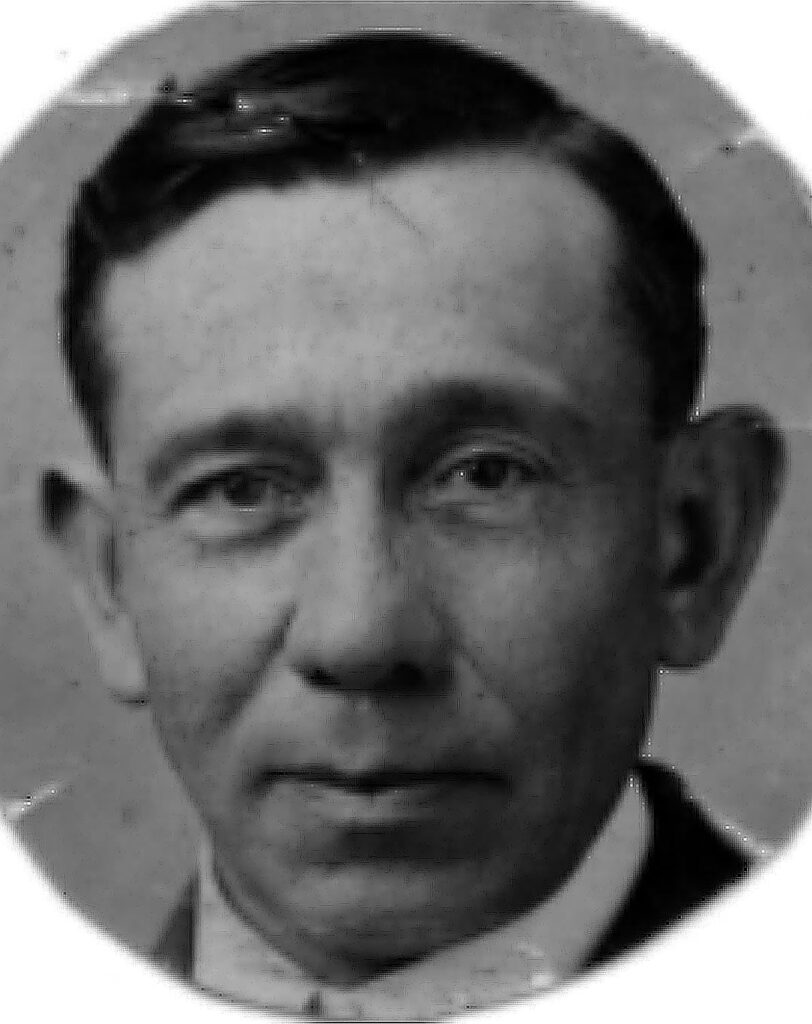
Today I want to tell you about a lighthouse keeper on the West Coast, James Relue Sweet. His story reads like an epic novel with one exciting chapter after another. With an education that went only to the fourth grade, Sweet achieved success as a construction worker, California lighthouse keeper, gold miner, inventor, boat builder and racer, and violinmaker. His wife, Celia Rogers Sweet, was the first woman pilot boat captain on San Diego Bay.
James Relue Sweet was born on May 23, 1875 on a Monterey, California farm. His formal education was brief, but he completed a number of correspondence school courses including one in building construction. As a result of this course he established a reputation as a builder before his twentieth birthday. Sweet also became one of the top amateur boxers in Monterey County as a teenager.
Despite his success in the building trade, Sweet was drawn to the sea. This led him to the Lighthouse Service in 1898, at a salary of $500 per year. He soon served brief periods as a relief keeper at several California light stations: Point Arena, Battery Point, rugged St. George Reef, Point Bonita, Point Conception, Pigeon Point, and Point Pinos. He then served as assistant keeper at Oakland Harbor Light (1899-1900), San Luis Obispo Light (1900-1902) and Point Sur Light in Monterey (1902-1903).
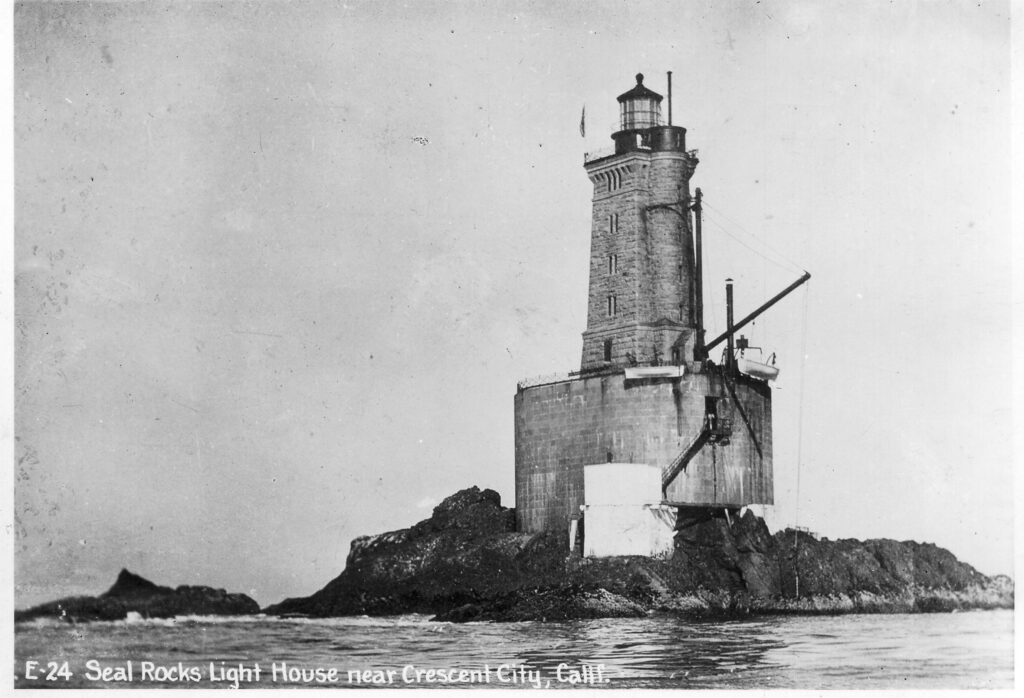
During his stint at St. George Reef Light, James Sweet had a harrowing experience later described by his son Alton: “It was there that Dad and another assistant had to tie up the keeper to prevent him from jumping into the sea. Dad never fully explained to me why the keeper wanted to jump into the sea, but he did say that a ninety-day duty on St. George was a tremendous factor.”
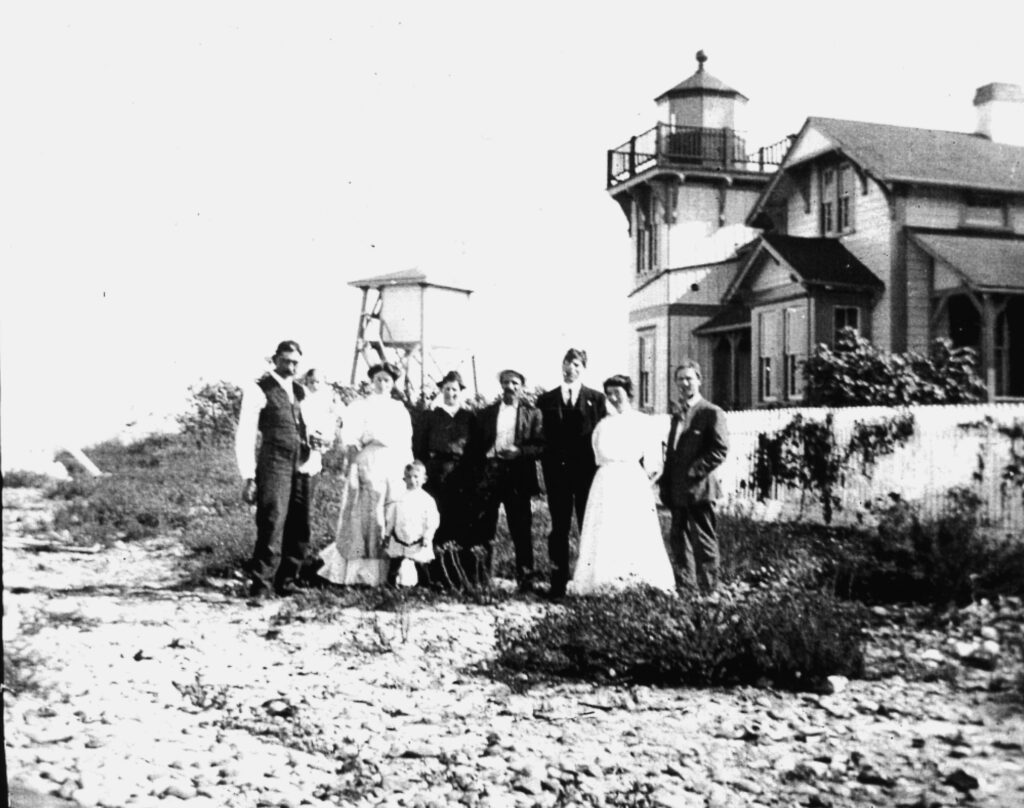
According to Alton, James Sweet’s “joy knew no bounds” when he received an appointment to be keeper at Ballast Point Light Station in San Diego in 1903. There he also tended seven oil-burning beacons a half-mile offshore in the vicinity of North Island, an uninhabited, narrow strip of land (later home to a Naval Air Station) separating the Pacific Ocean from San Diego Bay.
Sweet managed to find time to attend local Army dances at Fort Rosencrans. It was at the Saturday night dances that he met Celia Rogers, a young telephone worker who became his favorite dancing partner. At noon on July 4, 1905, James and Celia were married on a vessel offshore from Point Loma.
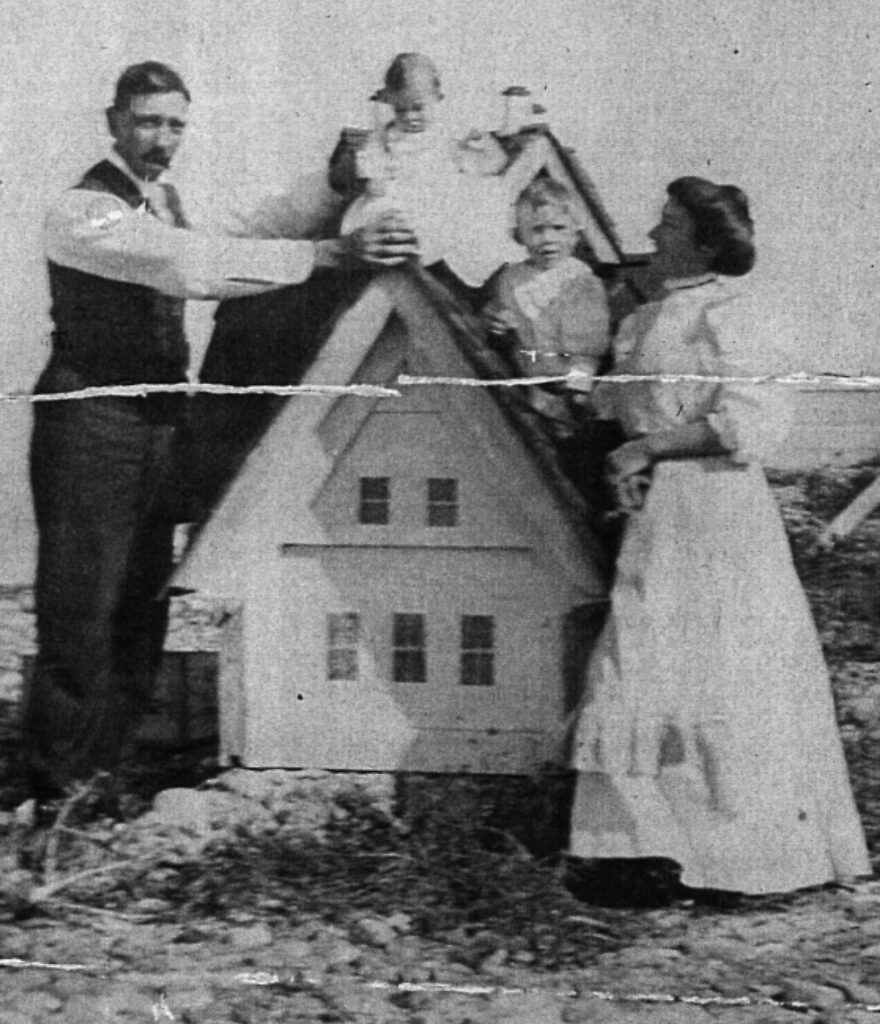
Sweet built a fast 28-foot motorboat, the Relue, which cut the trip to San Diego down to a half hour. Prior to that, visits to the city were usually once a month. A contemporary newspaper story described the “speedy Relue slipping over the bay, the yeast at its bow, whipped froth white and flinging the brine on each side in a snowy cloud.” The Relue set a Pacific coast speed record of 22 knots. Sweet was contracted to build the first motorized pilot boat on San Diego Bay, the 32-foot Pilot, christened on May 3, 1907. He even designed the living quarters on board. Soon after this, James Sweet became a licensed harbor pilot.
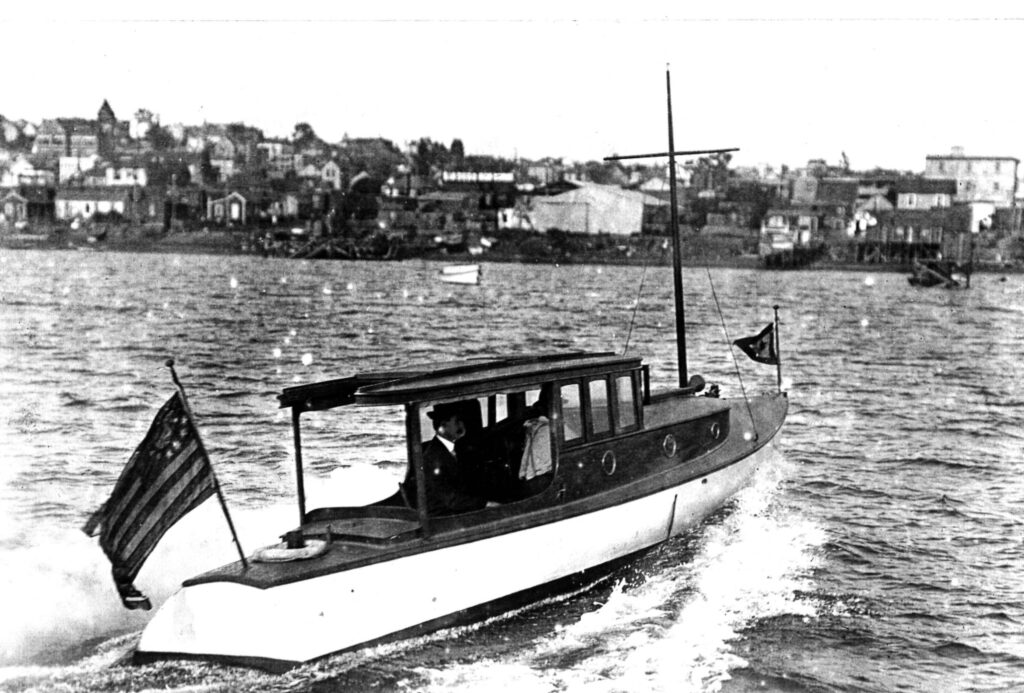
Courtesy of James W. Sweet.
The San Diego Yacht Club had no ladies’ race in their 1910 schedule because there was only one woman who wanted to race. “That was Mrs. Captain Sweet of Ballast Point and of the Relue,” a newspaper reported. “Mrs. Sweet is hoping that by the next season, she can have someone of her sex with whom to compete.” Celia Sweet did eventually compete against some of the local male boaters. She won a racing game against local yachtsmen, an accomplishment that helped her become the first female licensed harbor pilot in San Diego Bay in 1912.
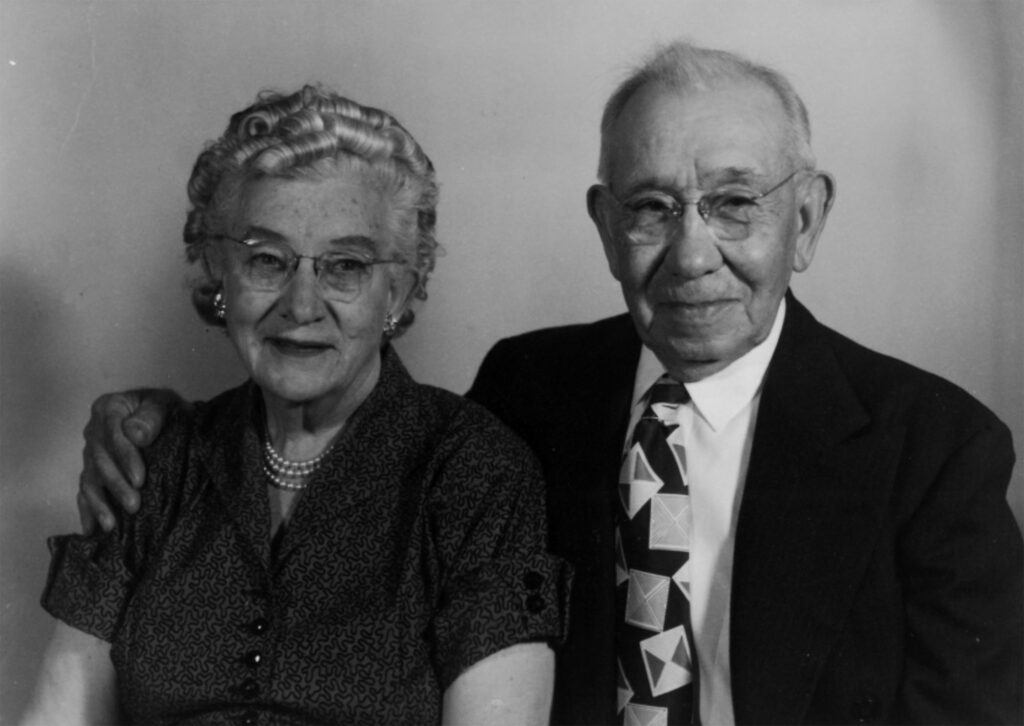
According to Alton Sweet, his parents gave up their lighthouse life in 1911 largely because their children had reached school age. James Sweet launched a new company with two other boat builders. He also became the Vice Commodore of the San Diego Yacht Club, where Celia chaired a number of races and other events.
James Sweet also spent a good deal of time prospecting for gold and platinum. He walked so far on one expedition that his feet swelled and he had to cut the boots off his feet. His prospecting career ended in 1916 when a camp he had set up with several other men was hit by a tidal wave, destroying much equipment. With some help he gathered what was left from the camp and held what may have been one of the first West Coast yard sales in Gold Beach, Oregon. He then gathered the family in their Model T “station wagon” and headed south to Vallejo, California.
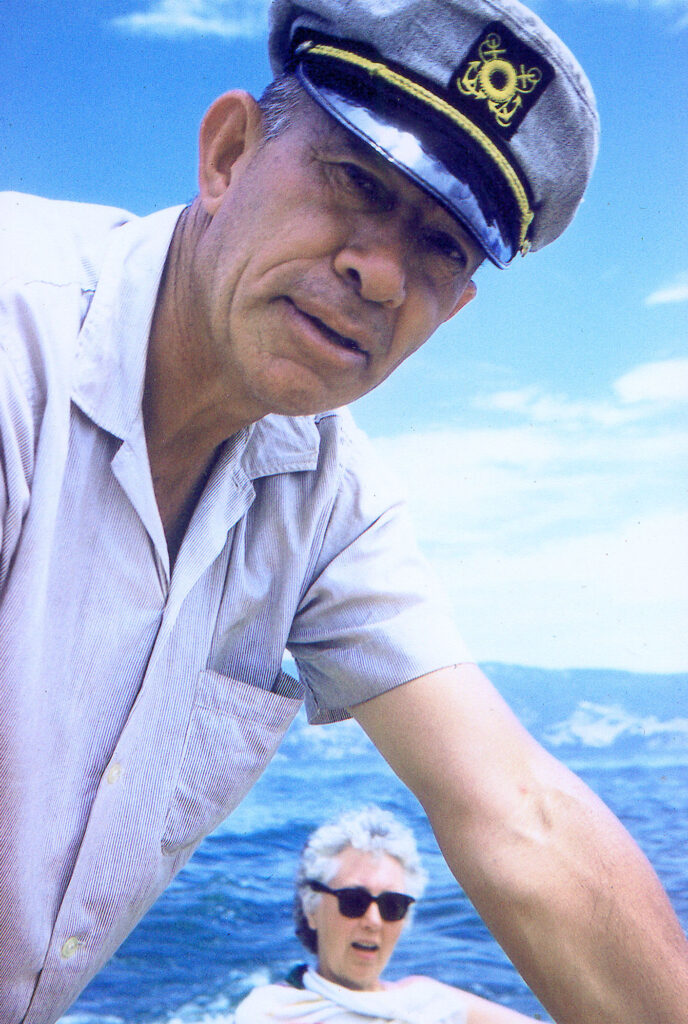
After wartime work in a navy yard and some construction work, Sweet took up violin making and made about 100 violins in the ensuing years. After a move to Los Angeles, he again worked as a boat builder while his wife Celia and daughter Verla opened a beauty shop. Sweet went on to build a speed record breaking hydroplane and other record holding boats.
The beautiful Victorian buildings at the light station at Ballast Point were razed in 1960. In a poignant reminder of the past, a 1991 excavation at Ballast Point uncovered toy marbles that apparently belonged to Alton Sweet as a child at the light station about 80 years earlier.
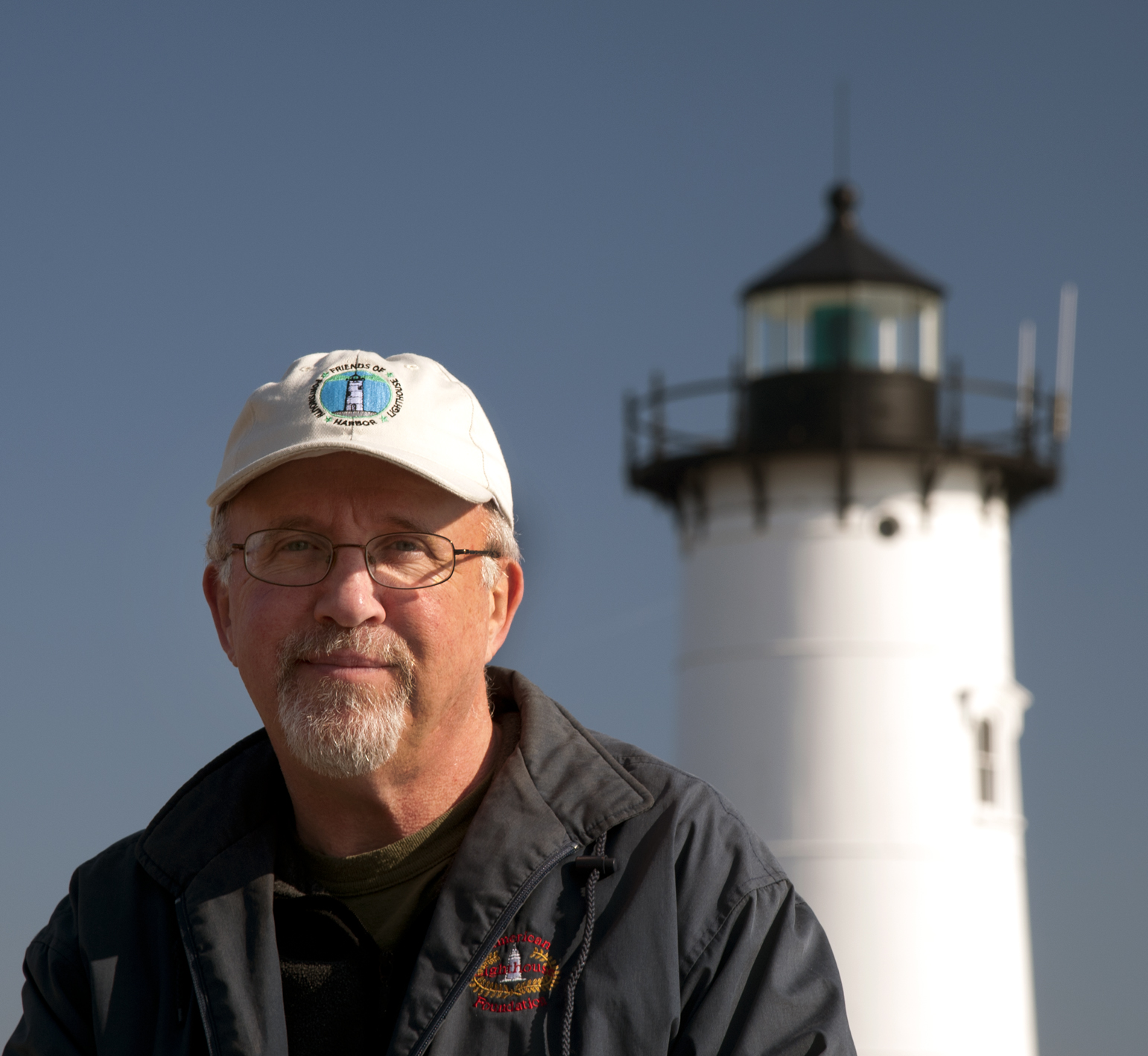
Jeremy D’Entremont is the author of more than 20 books and hundreds of articles on lighthouses and maritime history. He is the president and historian for the American Lighthouse Foundation and founder of Friends of Portsmouth Harbor Lighthouses, and he has lectured and narrated cruises throughout the Northeast and in other regions. He is also the producer and host of the U.S. Lighthouse Society podcast, “Light Hearted.” He can be emailed at Jeremy@uslhs.org

